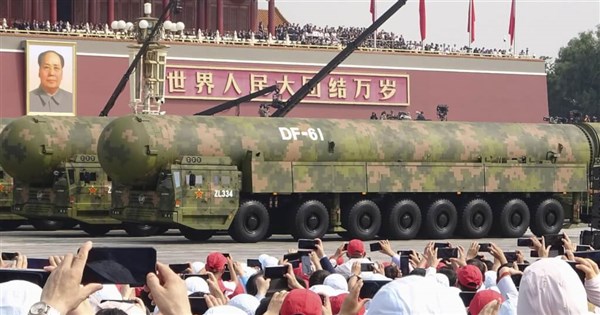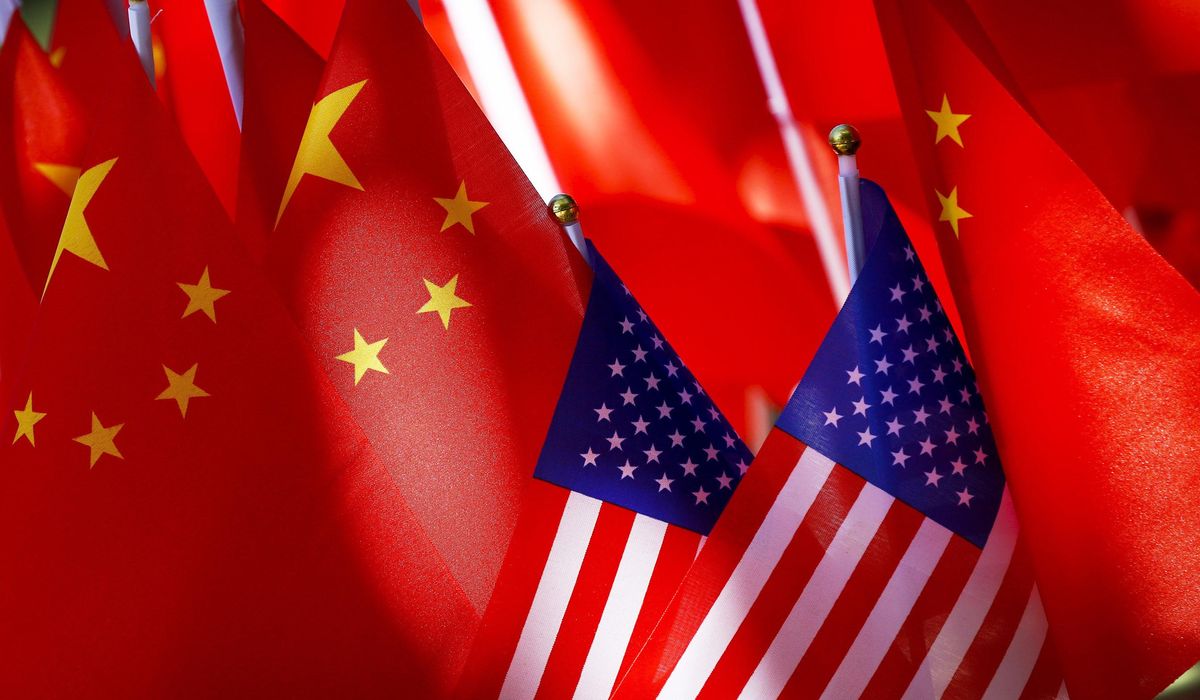Today, lithium with liquid electrolytes powers nearly every electric vehicle (EV) and much of the stationary storage. However, China’s advantage comes from the midstream “machinery” that turns materials into qualified cells at an industrial scale. In January 2025, the China Geological Survey reported that China’s lithium reserves had risen to about 16.5 percent of the global total (up from ~6 percent), but this only reinforced China’s dominance of the battery value chain and the global lithium‑ion market, valued at roughly USD107.14 billion in 2024. In practice, control over processing, cathodes, anodes, and factory know-how matters more than simply sitting on ore, because that’s what turns minerals into bankable projects and shippable products. This is well known. What is talked about less, though, is that control arises not only from processing hubs but from the wider environment Beijing has built around them: subsidies, suppliers, factories, standards, patents, scale, and long-term planning that preceded execution.
China’s edge is not minerals, and not just processing either, but a flexible platform. The same suppliers, machines, and manufacturing software can shift across chemistries as science evolves. This platform took lithium iron phosphate (LFP) from niche to mainstream and is now pulling sodium-ion and semi-solid into reality. The question this article asks is simple: how did China build this platform, and what lessons can others draw from it?
China’s Multi-Lane Push
Most countries are still doubling down on lithium liquid‑electrolyte lines. China, by contrast, is running a multi‑lane strategy: keeping lithium lines humming, scaling sodium‑ion where abundance and price fit, and industrialising semi‑solid as a practical bridge to fully solid‑state.
Sodium is widely available, abundant, and far less geopolitically fraught. Crucially, much of the battery-making toolkit (slurry mixing, coating, drying, formation) carries over, so retooling costs stay low. China tied this to a national sodium‑ion standard plus tenders that cap energy storage system (ESS) prices to kick‑start early projects by companies such as CATL and BYD.
China, by contrast, is running a multi‑lane strategy: keeping lithium lines humming, scaling sodium‑ion where abundance and price fit, and industrialising semi‑solid as a practical bridge to fully solid‑state.
On the solid track, 99 percent of commissioned solid‑state cell manufacturing capacity sits in China, reflecting an early, coordinated push into semi‑solid industrialisation with live auto integrations. China is taking a more pragmatic and realistic approach: a semi-solid bridge-to-solid strategy to scale manufacturing and learn at low risk now. For instance, CATL’s “condensed” semi‑solid cell, claiming up to 500 Wh/kg, continues staged testing before wider automotive rollout.
The thread that ties this together is a platform logic: dense midstream suppliers, retoolable factories, and standards‑led procurement. It shortens the time from lab to field across sodium‑ion, semi‑solid, and eventually all‑solid, giving China a near‑term manufacturing lead even as others chase higher‑upside all‑solid at scale later in the decade. The same pattern is visible in the United States (US) and the European Union (EU), where firms are doubling down on all-solid-state lithium‑metal systems. For example, QuantumScape’s “Cobra” ceramic‑separator has entered baseline production with Murata, marking clear lab‑to‑pilot progress that points to late‑decade readiness.
What Worked for China
Policy plus Subsidies: This has been the backbone of China’s battery rise. Multi-year Neighbourhood Electric Vehicle (NEV) purchase-tax relief, extended through 2027 and totalling about CNY 520 billion, provided original equipment manufacturers (OEMs) and suppliers with steady demand signals needed to plan capital investments. Unlike one-off subsidies, these rolling extensions created market certainty even when prices fell, helping LFP and Nickel Manganese Cobalt (NMC) battery volumes grow. The same playbook is now visible in sodium-ion, where procurement tenders set clear price caps around USD 150/kWh for ESS, creating demand, speeding vendor approval, and making early projects bankable.


















